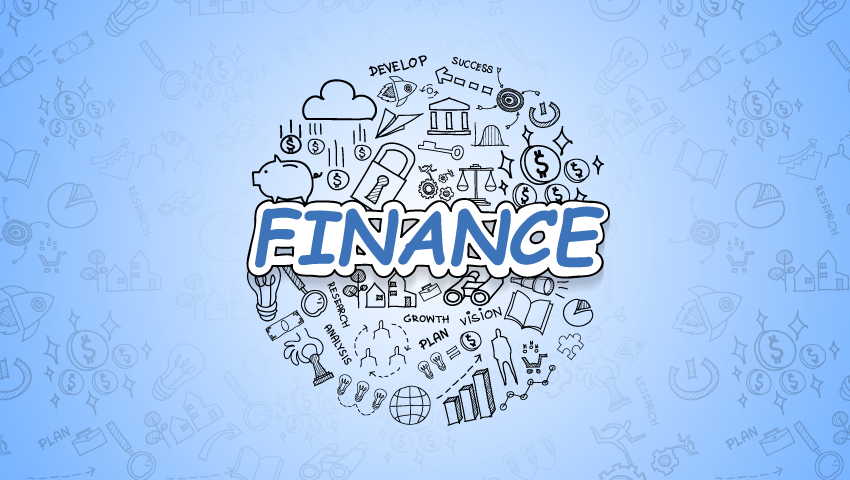There are many impressive tales of how Salesforce implementation completely transforms a business. While everyone wants growth, you need to be clear as to how you will be able to scale consistently and steadily and how you want Salesforce to be a part of that.
The road to Salesforce implementation is a long one, with plenty of challenges, and you have to be in it for the long haul.
This article is a guide to understanding how to make your Salesforce implementation strategy.
What is Salesforce implementation? Why one should implement Salesforce
As the name suggests, Salesforce implementation means configuring Salesforce for a business so they can use the tool to manage their activities and communication easily and centrally.
What are the types of Salesforce implementation?
There are three ways to manage Salesforce implementation, and each has its own benefits and drawbacks. You can go for a full in-house operation where you will have full control, but it might get too expensive; or you can opt for a third-party implementation team, where you might face some initial friction, but it can be extremely cost-effective; or you can go for a hybrid approach, which might be challenging because you have to get an external team to work with your internal team.
Let’s look at the steps to implement Salesforce, which might help you determine what approach you want to go for:
Steps to implement Salesforce
1. Know what you want/need from Salesforce
Salesforce can be useful for various parts of your organization. You need to conduct a survey as to which teams and aspects of your business need it the most and are actually willing to use it to transform it. While you might want to implement its company-wide at go, you should ideally take it slow and see the change coming in before implementing it across the board.
Once you begin the implementation, you are in for the long haul, so it is crucial to have clarity on the goals you are hoping to achieve with it.
2. Set up a budget for the implementation
The Salesforce implementation cost includes licenses, consultation, data migration, integrations, training, maintenance, and support. So you need to plan a budget for the implementation. Based on your goals, you will be able to pick and choose the elements you want at the starting point, and then you can build on that to get a final rollout.
3. Put together an implementation team
When putting together your implementation team, it is not enough to find Salesforce experts. You need to find experts who have worked with organizations your size and in your industry. Such a team can truly understand what you need and even provide helpful suggestions that you might not have thought of.
Apart from that, they have worked with similar organizations before, so they also know how to work with internal teams, can assess the roadblocks intuitively, and work to solve them.
4. Plan your Salesforce implementation strategy
Salesforce implementation doesn’t stop at just implementing the tool. It only matters when your employees actually start to use it. So you need to plan the adoption strategy. While the implementation is going on, you need to conduct surveys about which challenges your teams are facing so you can prioritize those features over others.
5. Migrate your CRM to Salesforce
Without your data up until that point, the Salesforce implementation is incomplete. So you will need to migrate all your data to Salesforce first. Now, this part is not as easy as most people expect it to be. This is where it is crucial to have the right implementation partner.
Once the migration is complete, you will be that much closer to finishing your Salesforce implementation journey.
6. Gradually push out more features
With Salesforce, there is constantly something new. But that can often get overwhelming because you’re trying each and every new thing hoping to get the promised results without patiently working with a few things. So once your main implementation process is over, gradually introduce parts of the tool to your teams and let them get their hands dirty.
After the initial rollout and actual use, they will be able to give more confident feedback about what they need more of, what their new challenges are, and so. Over time, you can keep adding new features.
7. Train your employees to get the best out of the implementation
A tool like Salesforce is most beneficial if there is a steady, consistent and constant adoption across teams. For this, it is necessary that employees are thoroughly trained on how to use it, what they can do with it compared to manual methods, and how it can have long-term benefits.
Have your implementation partner conduct employee training with continuous support.
8. Don’t forget to take care of future support and maintenance
When a tool is constantly evolving, you can get take greater advantage of it. But it also means you have to maintain your Salesforce instance. During the implementation, your Salesforce implementation partner can access the future features you can use and help you chart a plan for it. They can also provide continual support when required.
What are the major challenges in Salesforce implementation
1. User training
Salesforce is a handful. And while parts of it are obvious and may be simple to understand, it goes much beyond the basics. So it is necessary to provide thorough training to all your employees to use it properly. Only then will they have enough input into the system and follow all processes, which will eventually lead to richer insights.
2. Getting employees to use it
Another major challenge in the Salesforce implementation strategy is to get all the teams to use it. They might try it initially but abandon it at some point in order to go back to their old method of maintaining spreadsheets of data or using disjointed software tools to manage it.
Not everyone is likely to jump into using Salesforce as soon as it is implemented because of the learning curve.
3. Getting users to maintain the data quality
Once they do start using Salesforce, users might maintain it as they like it. Without qualitative and consistent data, it is not going to be helpful in the long run when you might want to analyze patterns.
These problems are, however, easily solvable by having an expert Salesforce implementation partner. Let them handle these, and you focus on business processes and people migration.
What is the cost of implementing Salesforce?
The cost of implementing Salesforce depends on the following parameters:
- Intensity of business operations
- Level of the configurations/customization
- No of Salesforce licenses
- End-user support/training
- Data migration
There is no direct pricing that we can give you. But you can know that your pricing will be based on these.
How CRMJetty can help you implement Salesforce
We have been in the industry for over a decade now and have implemented Salesforce for a huge number of clients with organizations of all sizes, so we know the ins and outs of it. We have Salesforce experts on our team who can help you figure out what kind of solution you need and then take it forward from there.
Reach out to us with your requirement, and we will get you the consult you need and until post-implementation support forever more.
All product and company names are trademarks™, registered® or copyright© trademarks of their respective holders. Use of them does not imply any affiliation with or endorsement by them.




